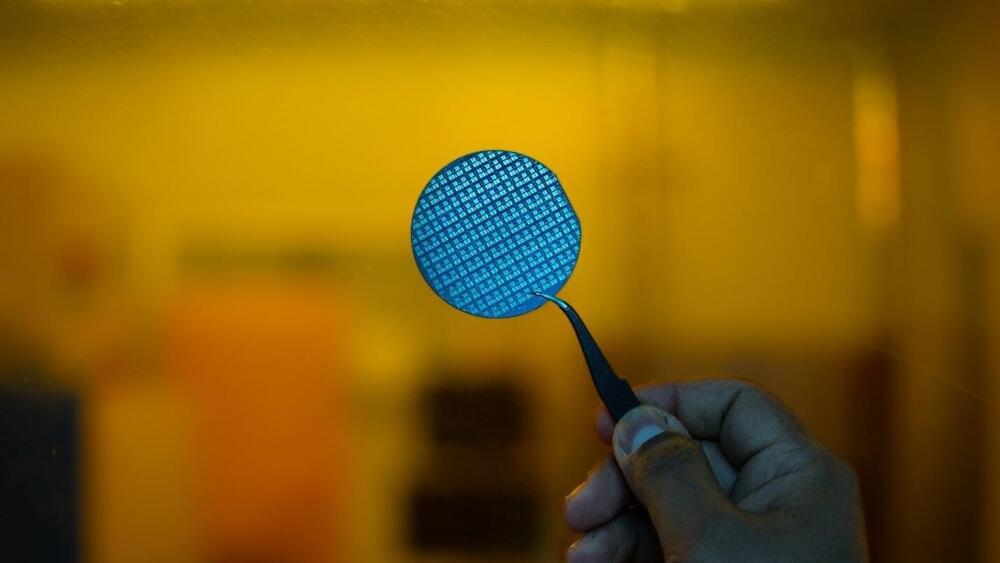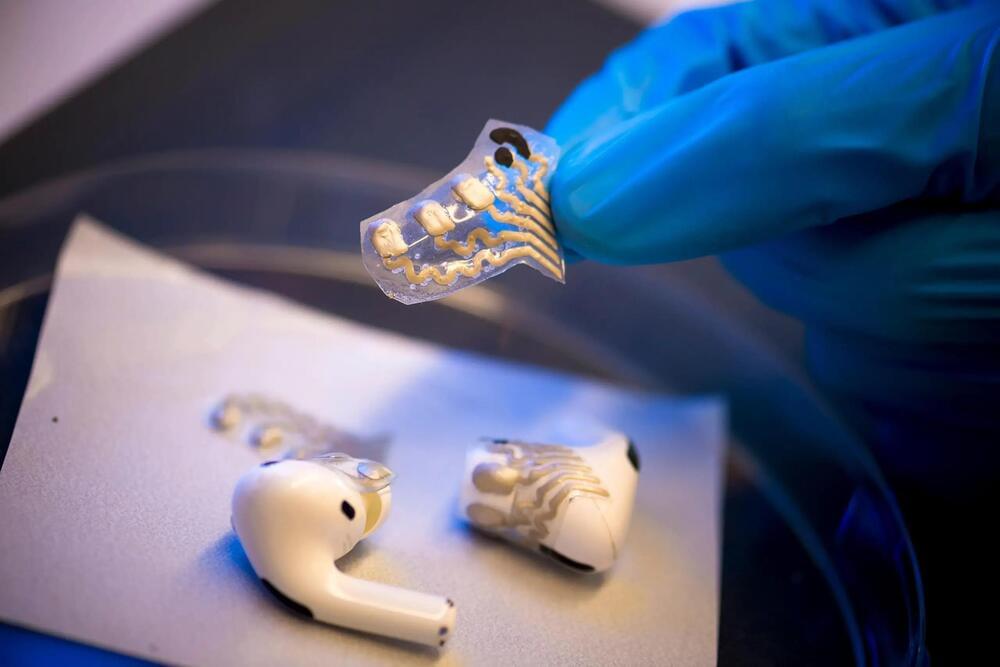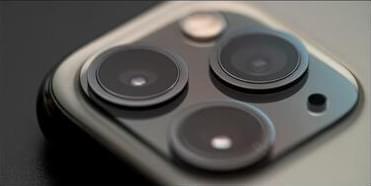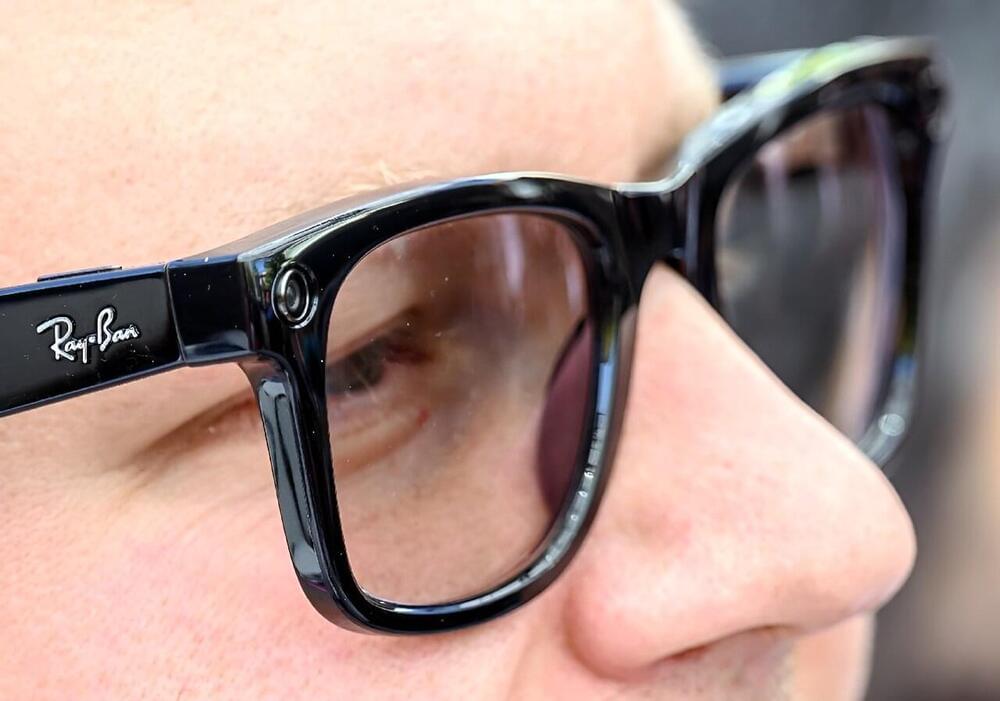Oct 4, 2023
Quantum computing enters the fluxonium era: Breakthrough sends supercomputer accuracy to next level
Posted by Dan Breeden in categories: mobile phones, quantum physics, supercomputing
CAMBRIDGE, Mass. — Researchers at MIT have achieved a significant breakthrough in quantum computing, bringing the potential of these incredible thinking machines closer to realization. Quantum computers promise to handle calculations far too complex for current supercomputers, but many hurdles remain. A primary challenge is addressing computational errors faster than they arise.
In a nutshell, quantum computers find better and quicker ways to solve problems. Scientists believe quantum technology could solve extremely complex problems in seconds, while traditional supercomputers you see today could need months or even years to crack certain codes.
What makes these next generation supercomputers different from your everyday smartphone and laptop is how they process data. Quantum computers harness the properties of quantum physics to store data and perform their functions. While traditional computers use “bits” (either a 1 or a 0) to encode information on your devices, quantum technology uses “qubits.”
















